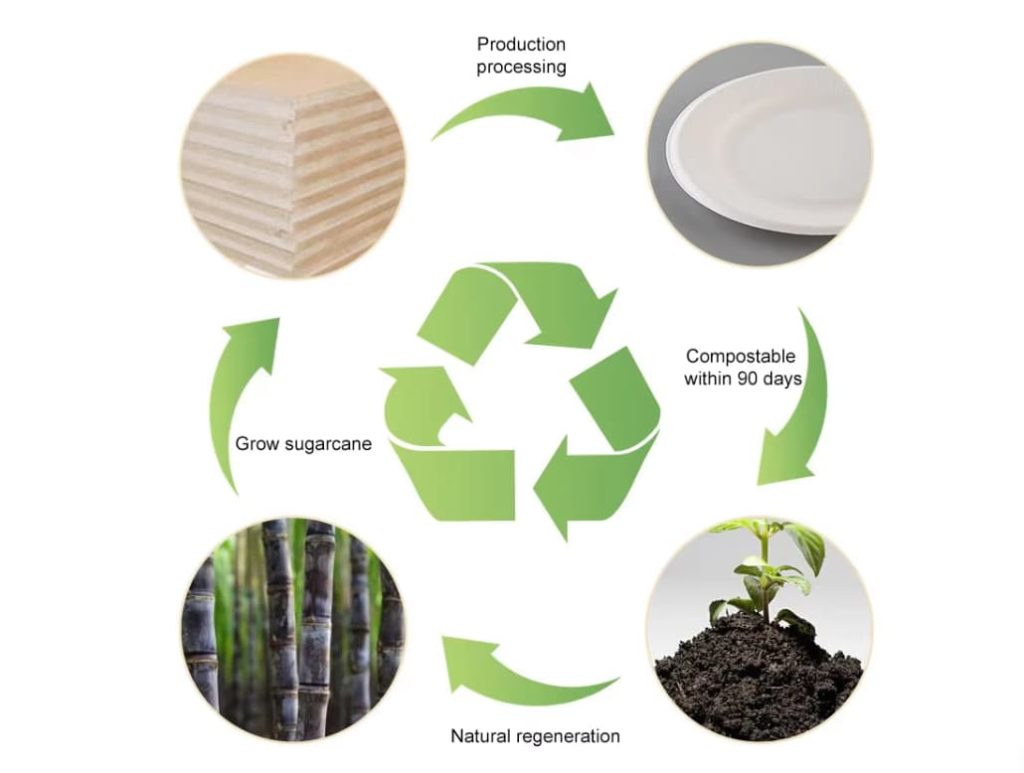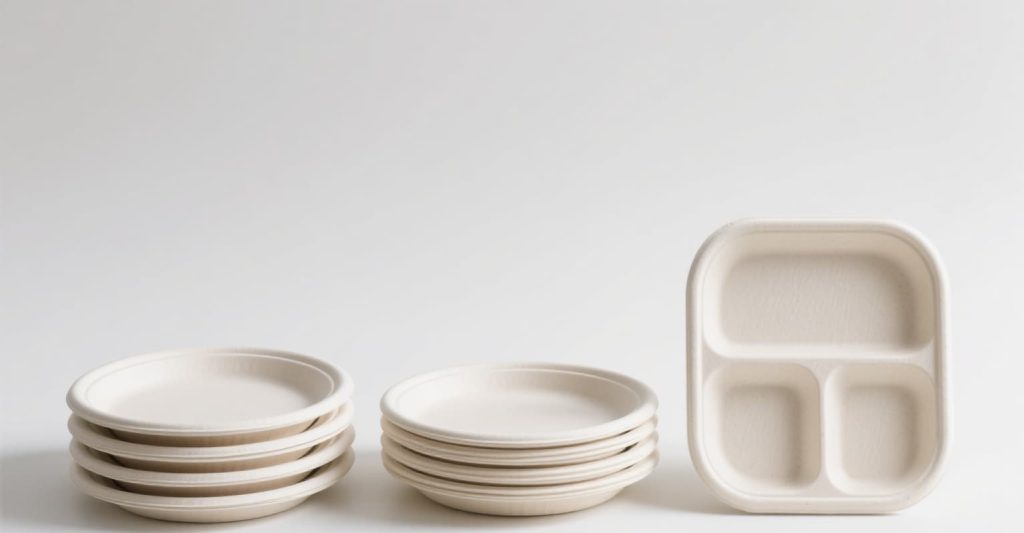In today’s world, environmental sustainability is no longer a trend—it’s a necessity. As global concerns about pollution and climate change rise, eco-friendly materials are becoming essential across industries, from packaging to fashion to construction. But what exactly qualifies as an “eco-friendly material”? And why should businesses and consumers make the switch?
This article explores what eco-friendly materials are, their types, benefits, and how they play a crucial role in reducing our ecological footprint.

✅ What Is an Eco-Friendly Material?
Eco-friendly materials—also known as environmentally friendly or sustainable materials—are those that:
- 🌱 Have minimal negative impact on the environment
- ♻️ Are recyclable, biodegradable, or compostable
- 🔁 Come from renewable or recycled sources
- 🛠️ Are produced using sustainable practices (low energy, low emissions)
These materials aim to reduce harm to ecosystems, conserve natural resources, and promote a circular economy.
📦 Common Types of Eco-Friendly Materials
1. PLA (Polylactic Acid)
- Derived from corn starch or sugarcane
- Compostable and biodegradable
- Commonly used in food packaging, disposable cutlery, and cups
2. RPET (Recycled PET)
- Made from post-consumer recycled plastic bottles
- Strong, clear, and food-safe
- Helps reduce virgin plastic production
3. Bagasse
- A byproduct of sugarcane processing
- 100% compostable and microwave-safe
- Ideal for trays, plates, and containers
4. Bamboo Fiber
- Rapidly renewable resource
- Naturally antibacterial and biodegradable
- Used in utensils, bowls, and even fabrics
5. Mushroom Packaging
- Grown using agricultural waste and mycelium
- Fully compostable
- A cutting-edge innovation in protective packaging
🌍 Why Use Eco-Friendly Materials?
Switching to eco-friendly alternatives offers significant advantages:
| Benefit | Description |
|---|---|
| ✅ Reduces Waste | Less landfill accumulation through composting and recycling |
| ✅ Cuts Carbon Emissions | Lower energy usage in production and disposal |
| ✅ Improves Brand Image | Shows commitment to sustainability and attracts eco-conscious consumers |
| ✅ Meets Global Regulations | Complies with green certifications like EN13432, ASTM D6400, OK Compost, etc. |
📊 Real-World Impact: A Quick Look at the Data
- Only 9% of plastic ever produced has been recycled (UNEP, 2023)
- Global plastic production emits over 850 million tons of greenhouse gases annually
- Switching to bioplastics like PLA can reduce emissions by up to 75%
🏭 Eco-Friendly Packaging in Practice: The Xiamen Dashan Example
At Xiamen Dashan, we understand that sustainability starts with material choices. That’s why we offer a wide range of eco-friendly materials, including:
- ✅ PLA containers and cups
- ✅ RPET salad bowls and clamshells
- ✅ Bagasse trays and lunch boxes
- ✅ Certifications including OK Compost Home, EN13432, and ASTM D6400
Our packaging is designed to be not only safe and functional—but also aligned with global eco goals.

❓ FAQ: Eco-Friendly Material
Q: Is eco-friendly material more expensive?
A: Initially, yes—but it offers long-term savings through waste reduction, regulatory compliance, and improved customer loyalty.
Q: Can all eco-friendly materials be composted?
A: Not all. For example, RPET is recyclable but not compostable. Materials like PLA and Bagasse are compostable under the right conditions.
Q: What certifications should I look for?
A: Look for EN13432, ASTM D6400, OK Compost, FSC (for paper), and USDA BioPreferred labels.
🔚 Conclusion: Choosing Green Is the Way Forward
Eco-friendly materials are more than a buzzword—they’re a powerful solution to the world’s packaging and waste crisis. Whether you’re a brand, distributor, or end-user, making the shift can significantly reduce your environmental impact while building a future-friendly business.
At Xiamen Dashan, we believe that sustainable packaging starts with sustainable materials. Let’s work together to make packaging greener, safer, and smarter.
📚 References
- United Nations Environment Programme (UNEP). (2023). Turning off the Tap: How the world can end plastic pollution and create a circular economy.
https://www.unep.org/resources/report/turning-tap-ending-plastic-pollution - European Bioplastics. (2024). Bioplastics Market Data 2023.
https://www.european-bioplastics.org/market/ - U.S. Environmental Protection Agency (EPA). (2023). Facts and Figures about Materials, Waste and Recycling.
https://www.epa.gov/facts-and-figures-about-materials-waste-and-recycling - Ellen MacArthur Foundation. (2022). The New Plastics Economy: Rethinking the future of plastics.
https://ellenmacarthurfoundation.org/new-plastics-economy - ASTM International. (2022). ASTM D6400 – Standard Specification for Labeling of Plastics Designed to be Aerobically Composted in Municipal or Industrial Facilities.
https://www.astm.org/d6400-21.html - European Committee for Standardization (CEN). (2021). EN 13432: Requirements for Packaging Recoverable through Composting and Biodegradation.
https://standards.cen.eu - ScienceDirect. (2023). Biodegradable Plastics: Standards, Policies, and Environmental Impacts.
https://www.sciencedirect.com/science/article/abs/pii/S0959652621009386 - Nature Communications. (2021). Plastic waste inputs from land into the ocean.
https://www.nature.com/articles/ncomms15611 - OK Compost Certification by TÜV Austria. (2024).
https://www.tuv-at.be/green-marks/certifications/ok-compost/ - USDA BioPreferred Program. (2023). Certified Biobased Products.
https://www.biopreferred.gov
